Genealogists at Loggerheads
In October 2011 I returned from a trip to the United Kingdom. During five weeks away I met up with a group of wonderful people I’d never met before and who are not related to me by blood or marriage. Some had never met before, despite being second cousins living in the same country. What a time we had! We shared morning tea, then a walk, followed by lunch in a local pub, “We Three Loggerheads”. We talked and talked - till all had to go our separate ways. It felt like we already knew each other. For the past two years we’d been emailing each other as we researched a person of common interest, Clifton Frederick Alban (aka Clifton Frederick Bailey, 1897-1917).
In October 2011 I returned from a trip to the United Kingdom. During five weeks away I met up with a group of wonderful people I’d never met before and who are not related to me by blood or marriage. Some had never met before, despite being second cousins living in the same country. What a time we had! We shared morning tea, then a walk, followed by lunch in a local pub, “We Three Loggerheads”. We talked and talked - till all had to go our separate ways. It felt like we already knew each other. For the past two years we’d been emailing each other as we researched a person of common interest, Clifton Frederick Alban (aka Clifton Frederick Bailey, 1897-1917).
 |
| Genealogists meet at Loggerheads Country Park, North Wales, September 2011 |
In the
course of my Alban research I created this blog and
put details about the family on several family tree sites, Genes Reunited and
Ancestry. In 2009 I received an enquiry asking whether I knew anything about a Clifton
Frederick Alban/Bailey. This Eureka moment began
the friendship between five of us – three in England,
one in France and me in Western Australia. By
the time we met up in Loggerheads, north Wales we were a party of nine,
including four long-suffering partners. We hopped out of our respective vehicles,
greeting each other with excited hugs and screams of joy, finally face to face.
The great
grandparents of three of my new friends had somehow taken Clifton Frederick
Alban under their wing. They’d liked him so much that he’d been added into their
family tree; there were four Morgan generations named Clifton, two are living. One forebear had tattooed
Clifton’s
initials onto his arm, according to his First World War enlistment papers. What
was the relationship between Clifton
Frederick Alban and their Morgan ancestors? We set out to find out.
We used
the usual sources, censuses and certificates. We had some success contacting
the archivists at two schools Clifton
had been enrolled in, starting with the one he’d been residing at in 1911. A militaria
collector contacted us after buying Clifton’s
WW1 medals. He shared information about Clifton’s
military service.
In the various
records Clifton Frederick’s surname was sometimes Alban, his father’s surname,
and at other times, Bailey, the maiden name of his father’s wife, Florence. But was she actually
his mother? The birth certificate said so. But the birth occurred nearly 100
miles from Florence’s
home.
We
couldn’t find Clifton
in 1901 though he would have been only four. Why wasn’t such a young child with
his parents? Not with his father who was living with another woman, Alice. Not with Florence,
who had delivered seven children before, six still alive. Things didn’t add up.
At 19
Clifton F Alban married Doris Gregory, then joined the Royal Flying Corps. The
marriage was short-lived; ten months later Clifton
was shot down over France.
His widow re-married five years later. We
identified three sons from the second marriage. The eldest would be nearly
ninety - if he were still alive. One of our group found a son in the British
white pages.
How would
an elderly person react to enquiries out of the blue about their mother’s first
husband? Many possibilities flew back and forth in emails. The son might be
ill, have dementia or be suspicious of our motives. They might never have known
of their mother’s first marriage. A phone call would be too risky. Between us
we carefully drafted a letter which was printed and posted to Kent from Somerset.
A brief handwritten
reply was followed by a much longer typed one, with photocopied records. This resulted
in a flurry of excited emails between Australia,
England and France in
January 2010. The youngest son, now 77, was more than happy to share
significant documents which had been filed away because he didn’t know what else
to do with them.
Those
records revealed that the Clifton’s father had established
a relationship with his sister-in-law, Alice who was actually Clifton’s mother. Bailey, the surname Clifton
sometimes used, was not only the maiden name of his father’s wife, Florence, but also of her elder sister, shown with Clifton’s father in 1901.
The relationship lasted some years;
three more children were born to Alice and Clifton’s father. Sadly Alice died in 1906 after giving birth to
twins. Of Alice’s
four children, Clifton Frederick Alban died at 20, a sister died aged five and
a brother died at one. The remaining twin migrated to Canada.
We felt
so sorry for Clifton Frederick Alban. Born “out of wedlock” when this was
shameful and sent away to boarding schools. His mother died when he was just
nine; his father didn’t seem interested. No wonder this young boy joined the
high risk excitement of the Royal Flying Corps.
Finally we spotted him in 1901, living with the
Morgans in Kent
as their adopted or fostered son, Clifton F Morgan. Morgan had been mis-transcribed so it took a
while to make the connection. It was good
to know that he had a place in the hearts of the Morgan family despite his sad
childhood and short life.
Why had these living Morgan second cousins never met until our Alban research
brought them together in Wales?
Two generations before there’d been a rift in the family. The separate branches
had gone their own ways. Our research into Clifton Frederick Alban had brought
the two family lines back together. The power of family history.
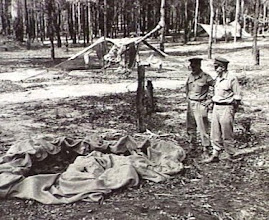
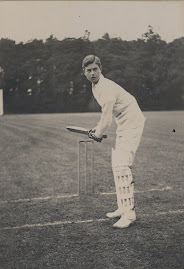
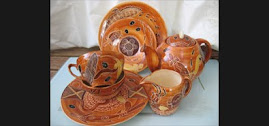
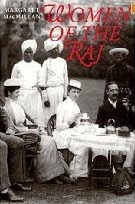
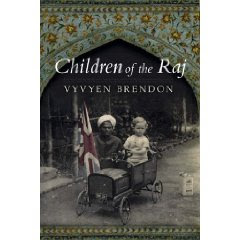


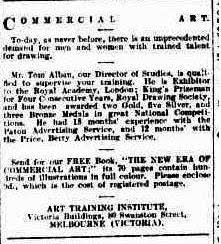

No comments:
Post a Comment